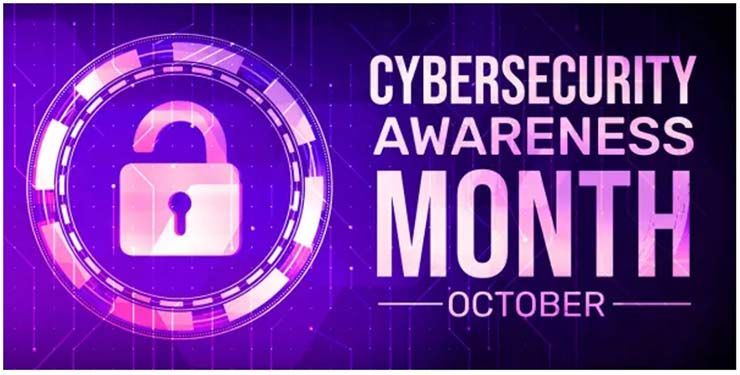Sample Cost Analysis
Marketing CBS • January 9, 2019
A sample cost analysis typically involves assessing the expenses associated with a particular project, initiative, or business operation. Here's how you can structure a sample cost analysis:
- Identification of Costs: Begin by identifying all relevant costs associated with the project or operation. This includes both direct costs (easily attributable to the project) and indirect costs (related but not directly attributable).
- Direct Costs: Direct costs are those expenses that can be specifically traced back to the project. Examples include materials, labor, equipment, and subcontractor costs.
- Indirect Costs: Indirect costs are expenses that are not directly attributable to the project but still contribute to its overall cost. This may include overhead costs such as utilities, rent, administrative salaries, and general supplies.
- Variable Costs: Variable costs are expenses that vary depending on the level of production or activity. For example, raw materials costs may increase as production volume rises.
- Fixed Costs: Fixed costs are expenses that remain constant regardless of the level of production or activity. This may include rent, insurance premiums, and salaries.
- One-Time Costs vs. Recurring Costs: Distinguish between one-time costs, which occur only once during the project or operation, and recurring costs, which occur regularly.
- Cost Estimation: Estimate the costs associated with each item identified. This may involve obtaining quotes from suppliers, researching market prices, or using historical data from similar projects.
- Contingency Budget: It's prudent to include a contingency budget to account for unforeseen expenses or changes in project scope.
- Total Cost Calculation: Sum up all identified costs to calculate the total projected cost of the project or operation.
- Comparison and Analysis: Compare the projected costs with the available budget or funding to determine feasibility. Analyze cost-effectiveness and identify areas where cost savings may be possible.
- Sensitivity Analysis: Conduct sensitivity analysis to assess the impact of potential changes in cost variables on the overall project budget.
- Documentation and Reporting: Document the cost analysis process, assumptions made, and findings in a comprehensive report. Present the analysis to stakeholders for review and decision-making.
By following these steps, you can effectively conduct a sample cost analysis to evaluate the financial implications of your project or operation.
Click Here to explore our IT Solutions!

Reduced Cost(s) Reducing costs is a critical aspect of running a successful business. By streamlining operations, negotiating with suppliers, embracing outsourcing, implementing cost-effective marketing strategies, and optimizing energy usage, you can lower expenses without compromising quality or competitiveness. Enhancing Agility; Knowing When to Pivot To avoid mistakes before they happen, agility is critical. Stand in one place long enough and bad things happen. Managed IT services enable companies to adapt swiftly to market shifts, technological advancements, and emerging trends. With scalable solutions and flexible infrastructure, businesses can respond promptly to evolving customer demands and competitive pressures, positioning themselves for sustained growth and resilience. Empowering Innovation; Find your Potential Managed IT doesn't just maintain existing systems; it fuels innovation and drives digital transformation. By leveraging cutting-edge technologies such as cloud computing, artificial intelligence, and data analytics, businesses can unlock new opportunities for innovation and differentiation. Managed IT providers offer expertise in implementing and managing these technologies, empowering businesses to explore new avenues, develop disruptive solutions, and pioneer industry trends. Strengthening Security; Managed Cybersecurity to Reduce Stress In an increasingly interconnected world, cybersecurity is a top priority for businesses of all sizes. Managed IT services play a pivotal role in safeguarding sensitive data, mitigating cyber threats, and ensuring regulatory compliance. With robust security protocols, continuous monitoring, and proactive threat detection, Managed IT providers offer comprehensive protection against cyberattacks, data breaches, and other security vulnerabilities, bolstering the resilience of business infrastructures and safeguarding brand reputation. Driving Strategic Decision-Making Perhaps most importantly, Managed IT transforms business strategies by providing actionable insights and data-driven intelligence. Through advanced analytics, performance metrics, and predictive modeling, businesses gain invaluable insights into customer behavior, market trends, and operational performance. Armed with this information, decision-makers can make informed choices, identify growth opportunities, mitigate risks, and optimize resource allocation, driving strategic initiatives and positioning the organization for long-term success. … In conclusion, Managed IT services have become indispensable assets in the modern business landscape, offering more than just technical support — they redefine success by optimizing operations, fostering innovation, strengthening security, and empowering strategic decision-making. By embracing Managed IT as a strategic partner, businesses can navigate the complexities of the digital age with confidence, agility, and resilience, unlocking new possibilities and achieving sustainable growth in an ever-changing world.

In the competitive landscape of today's business world, continuous improvement is key to staying ahead of the curve. Whether you're a small startup or a thriving enterprise, there are always opportunities to enhance your business and drive growth. This article explores seven proven strategies to help you elevate your business to new heights starting today.

As a business owner often you have to reevaluate your business’s cybersecurity plan. The technological landscape is changing constantly, and outdated hardware or software could lead to vulnerabilities in your network. It’s never worth cutting corners if it means that valuable data or proprietary software could be leaking outside of your company.









